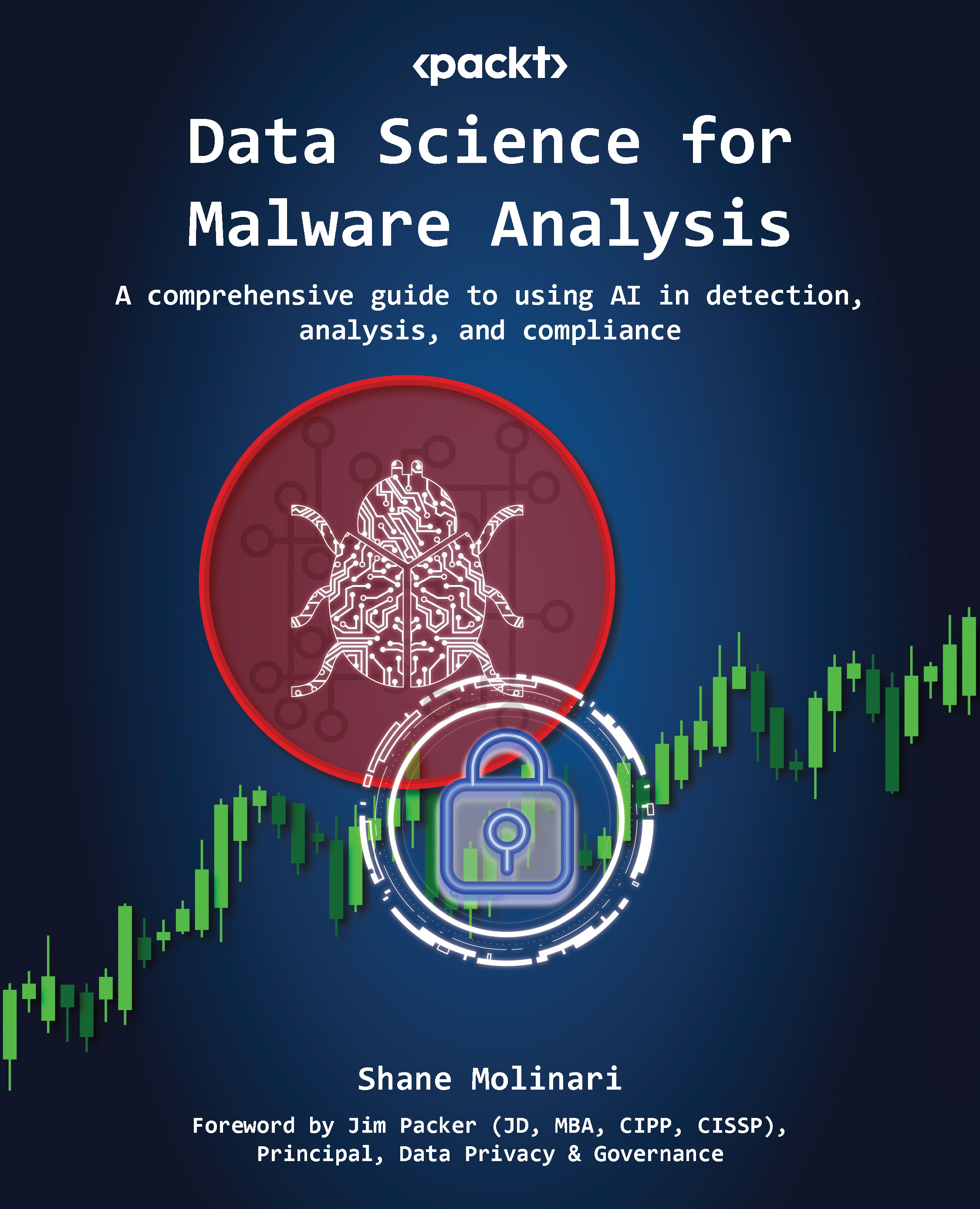Normalcy and anomaly detection
In cybersecurity, the concepts of normalcy and anomaly detection are fundamental for establishing robust protective mechanisms. Normalcy refers to the expected, routine behaviors and operations within a system or network. This understanding of normalcy acts as a reference point for identifying irregularities or suspicious activities. However, the notion of what is considered “normal” is dynamic; it evolves with changes in system configurations, network traffic, and user behaviors. On the other hand, anomaly detection aims to identify deviations from this baseline of normalcy, often indicative of potential security threats such as malware or unauthorized intrusions. Operationalizing anomaly detection involves several key steps: establishing a baseline of normal behavior, continuous monitoring of systems or networks, identifying anomalies, investigating these irregularities for potential threats, initiating appropriate responses if threats...

































































